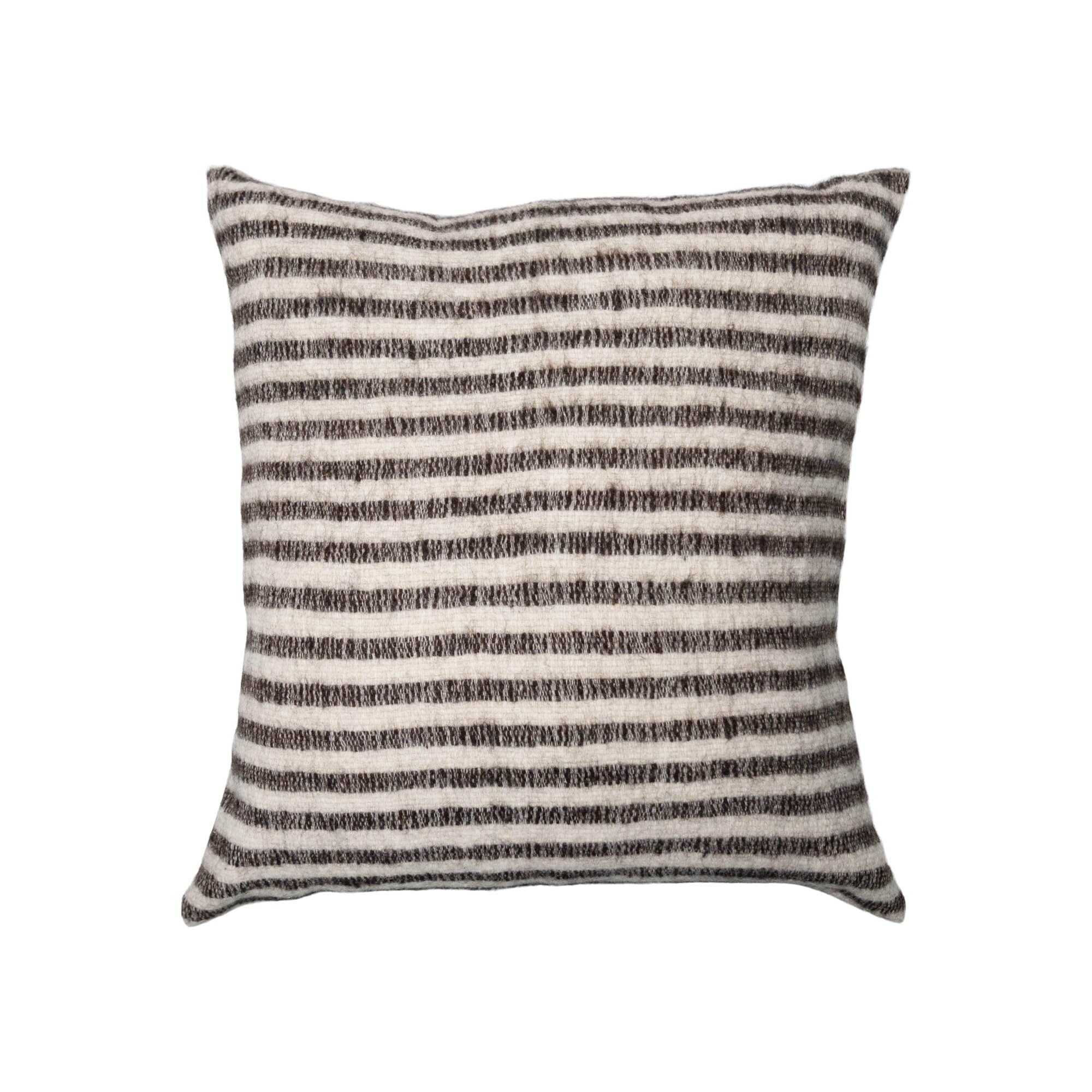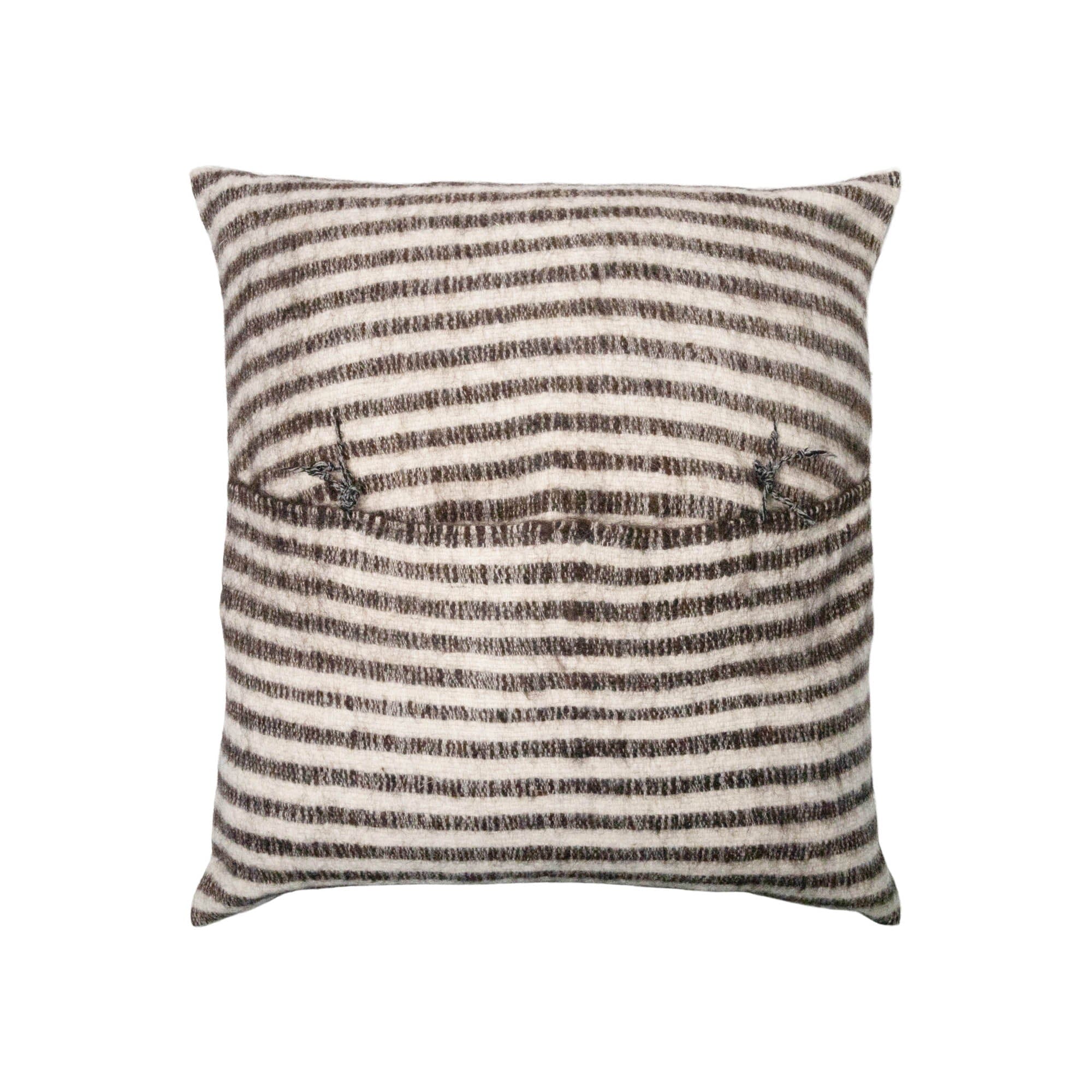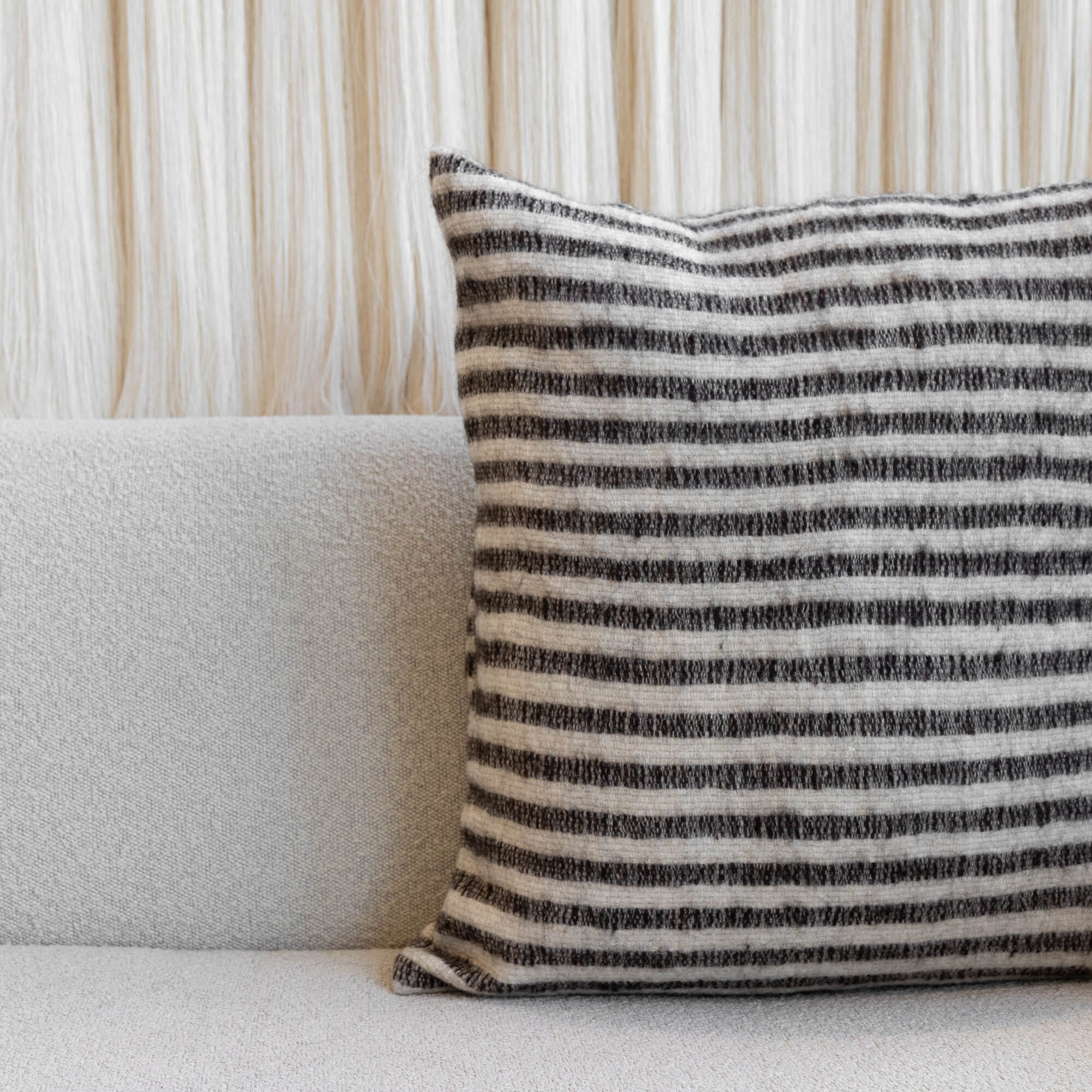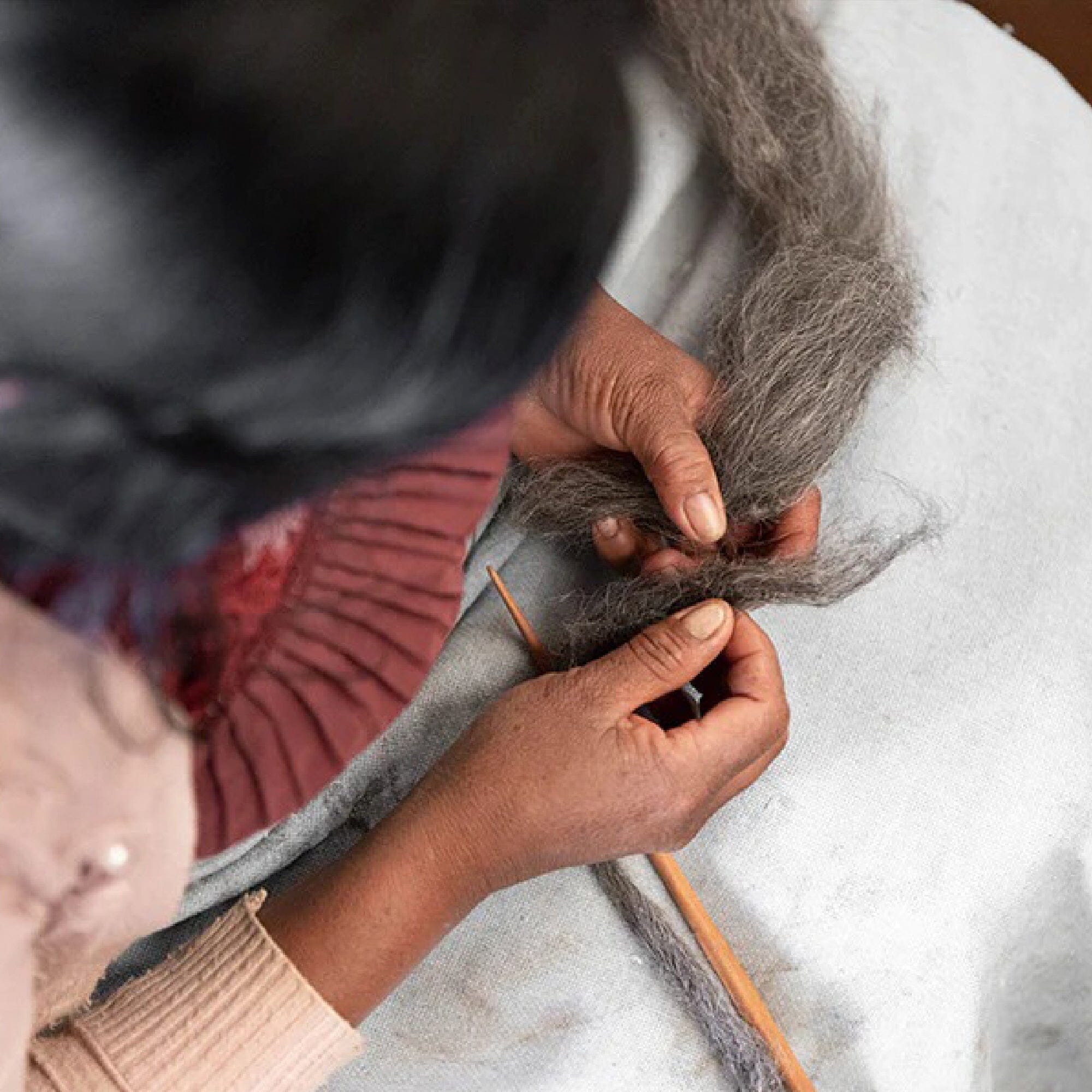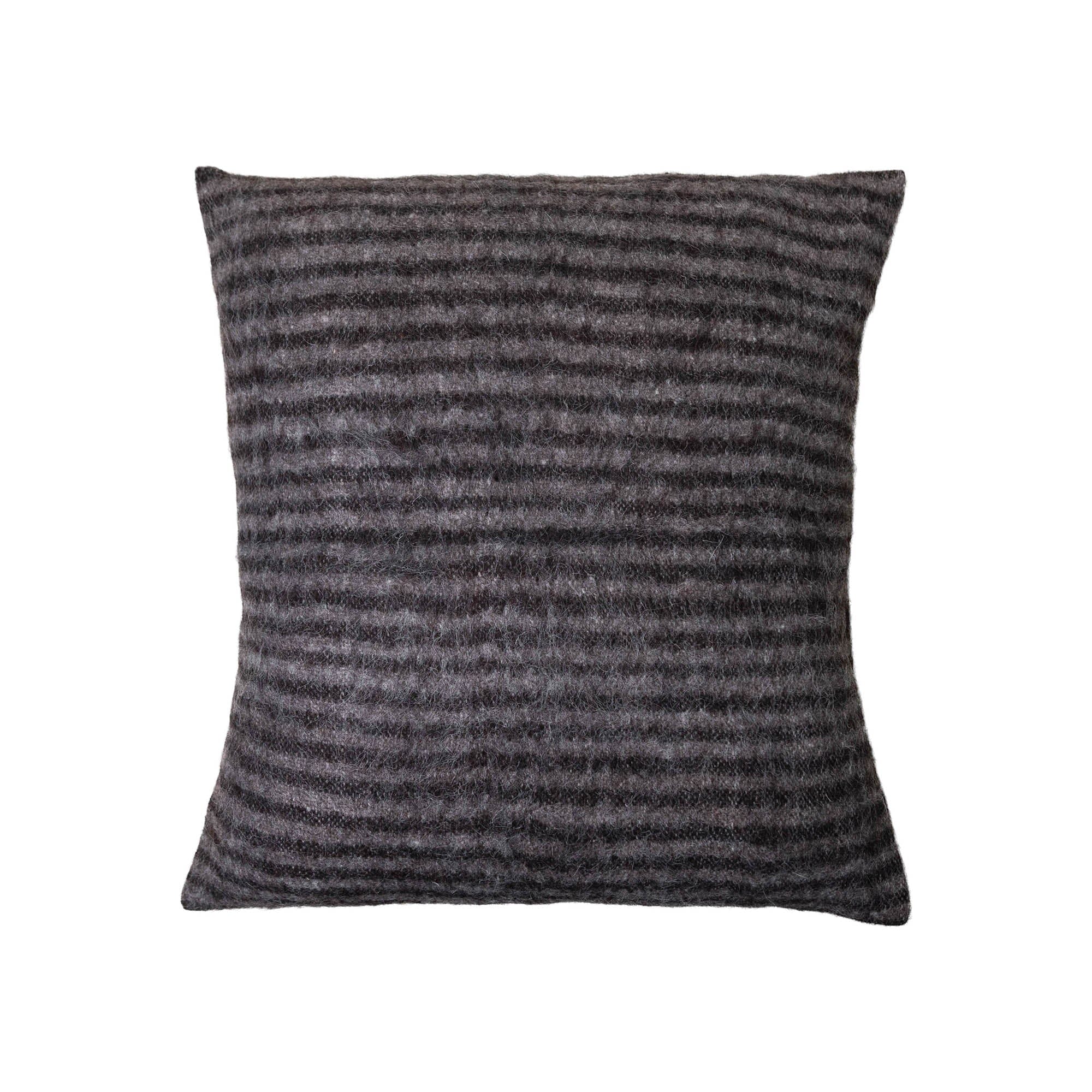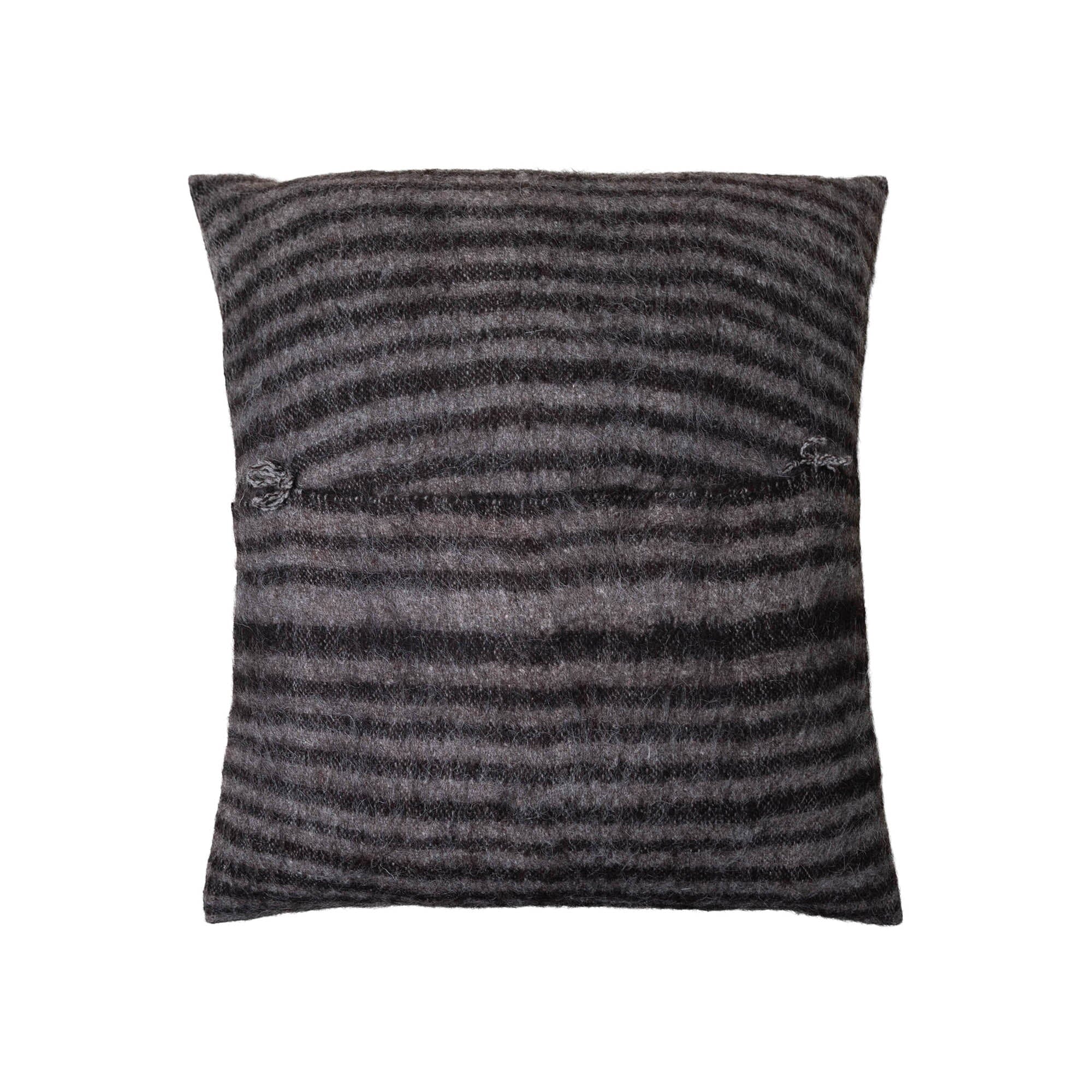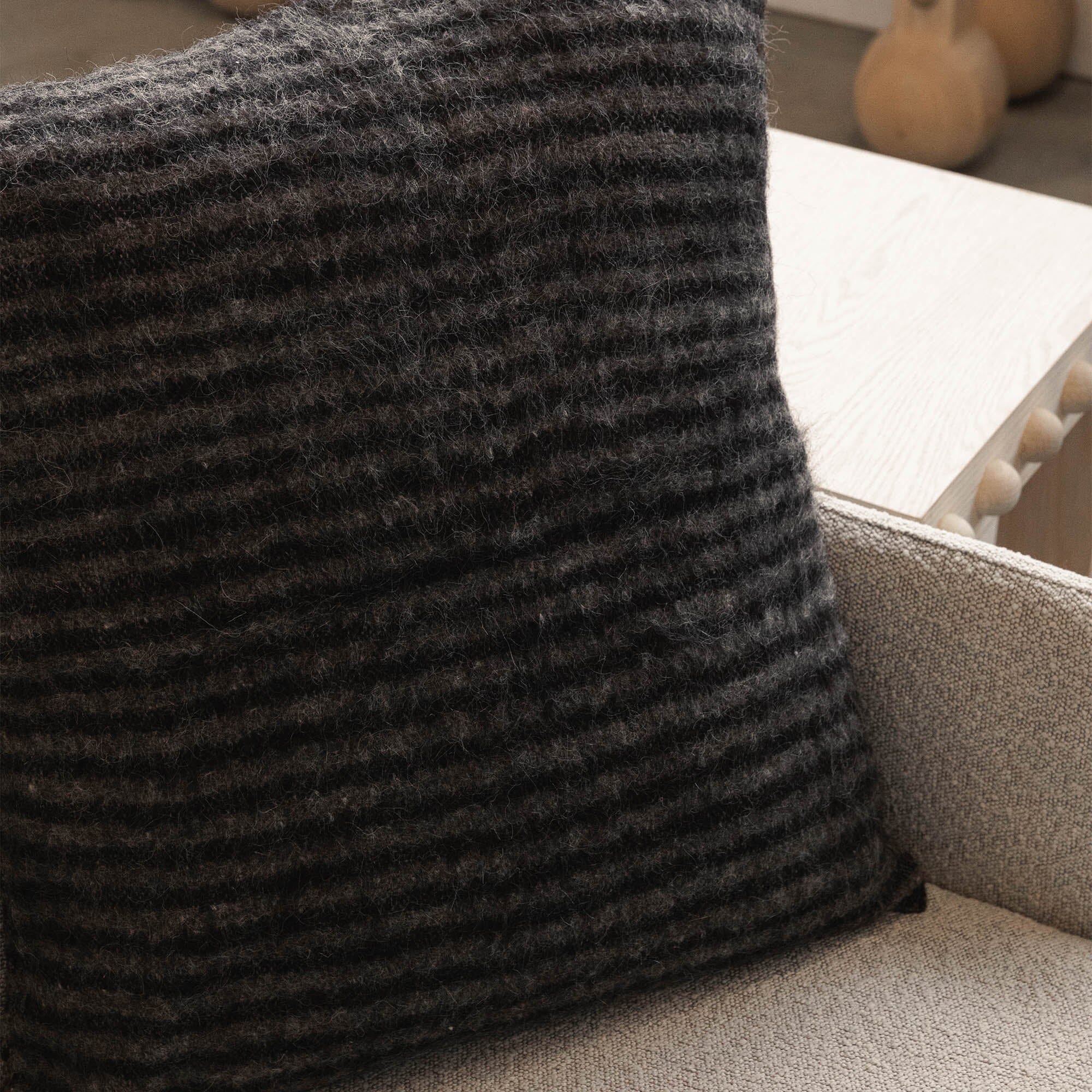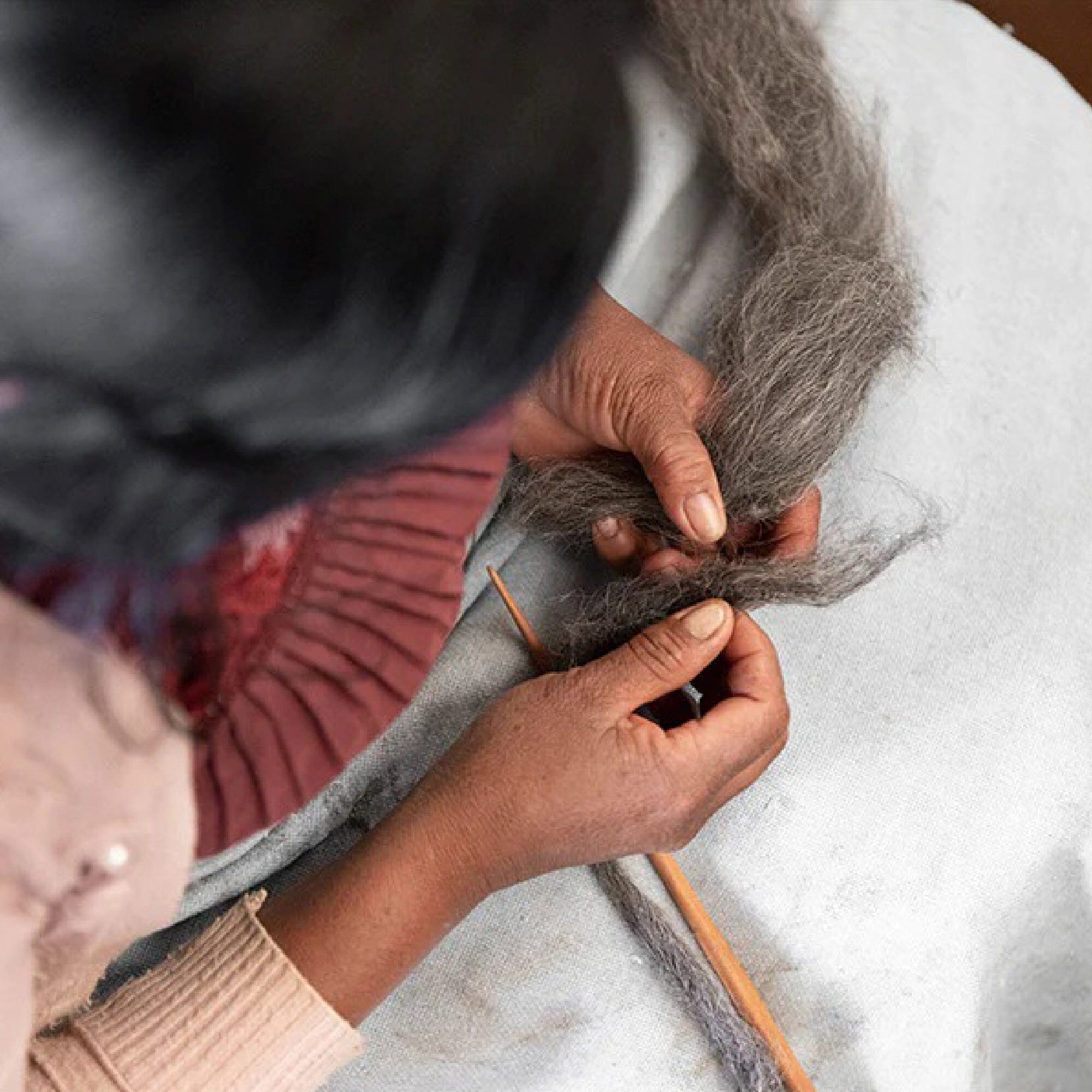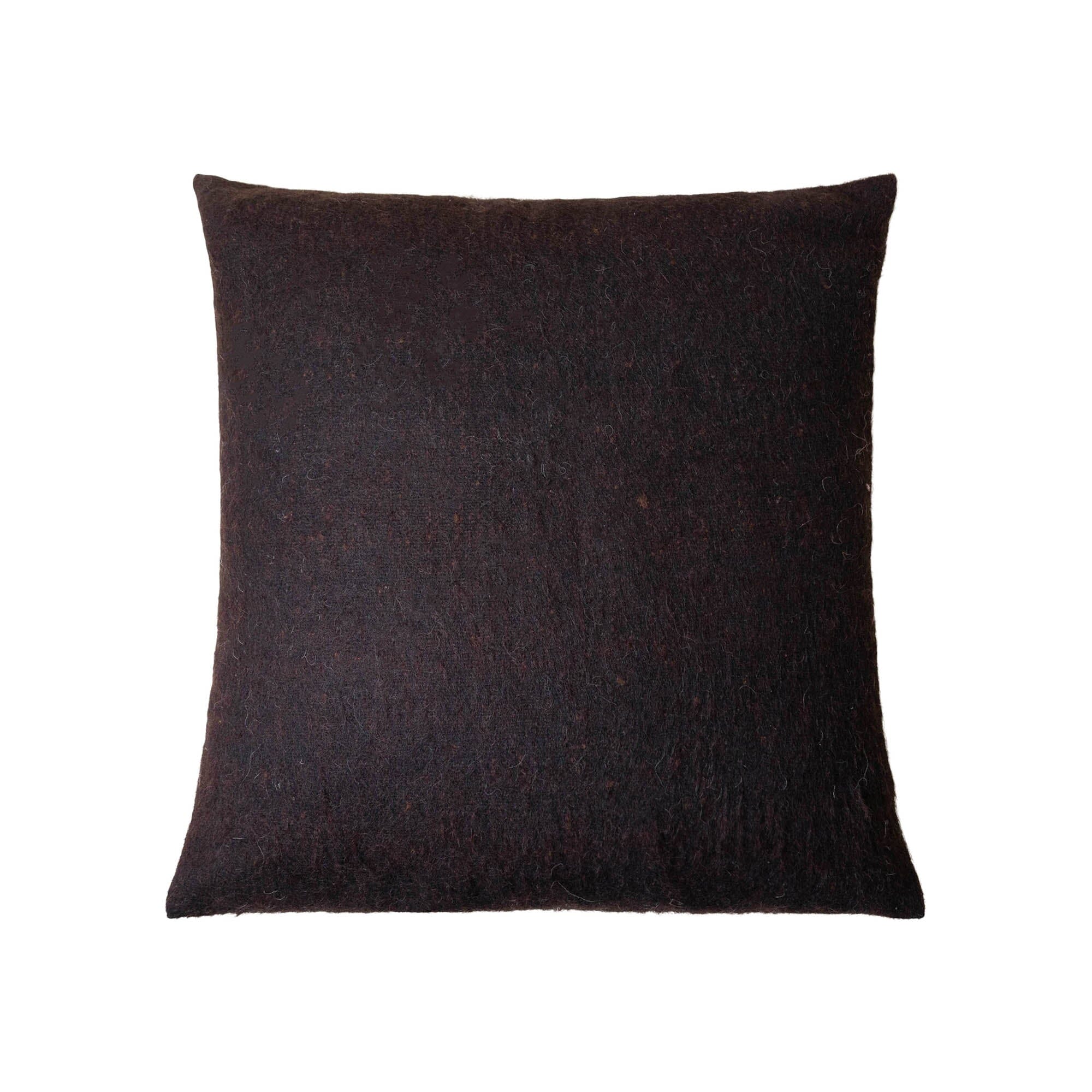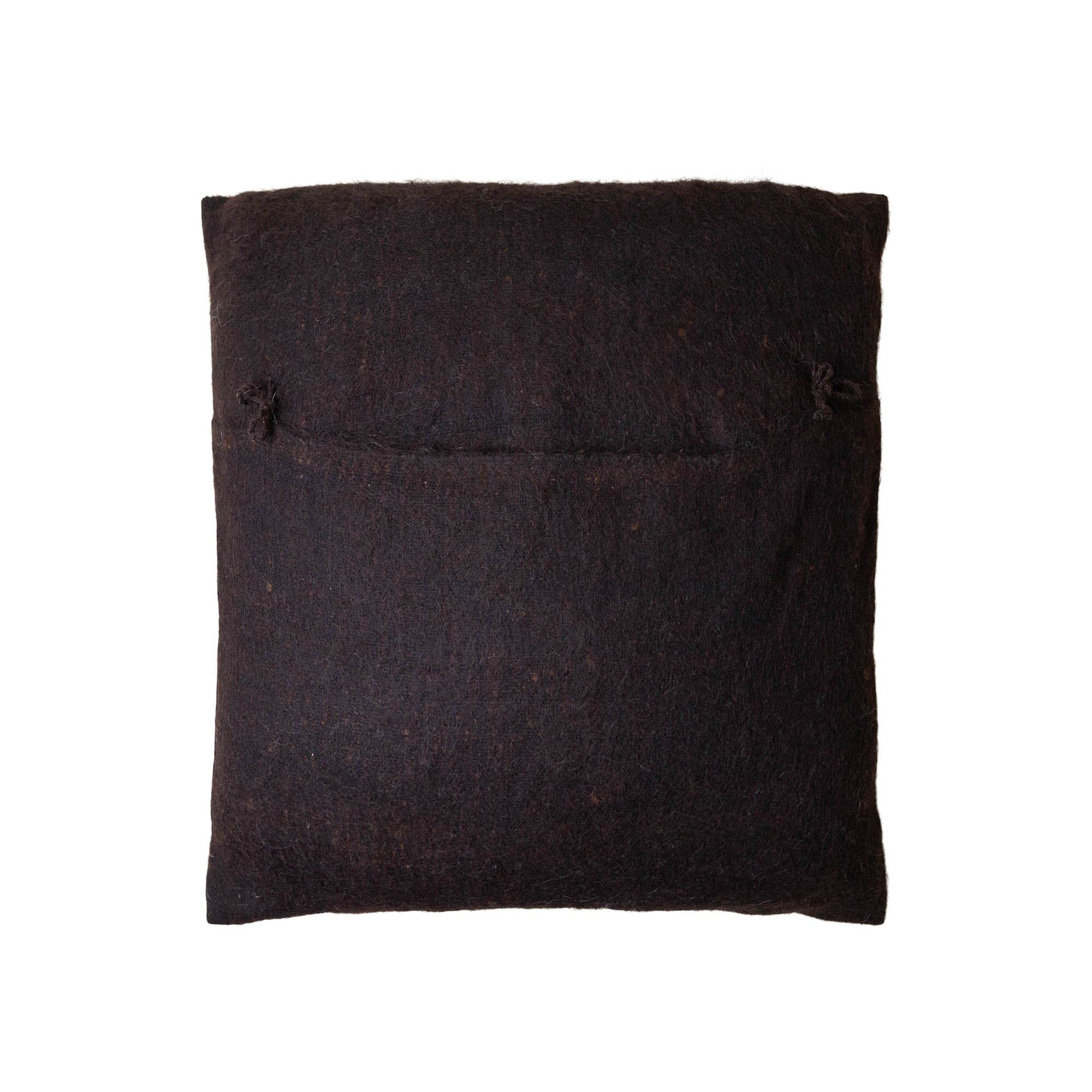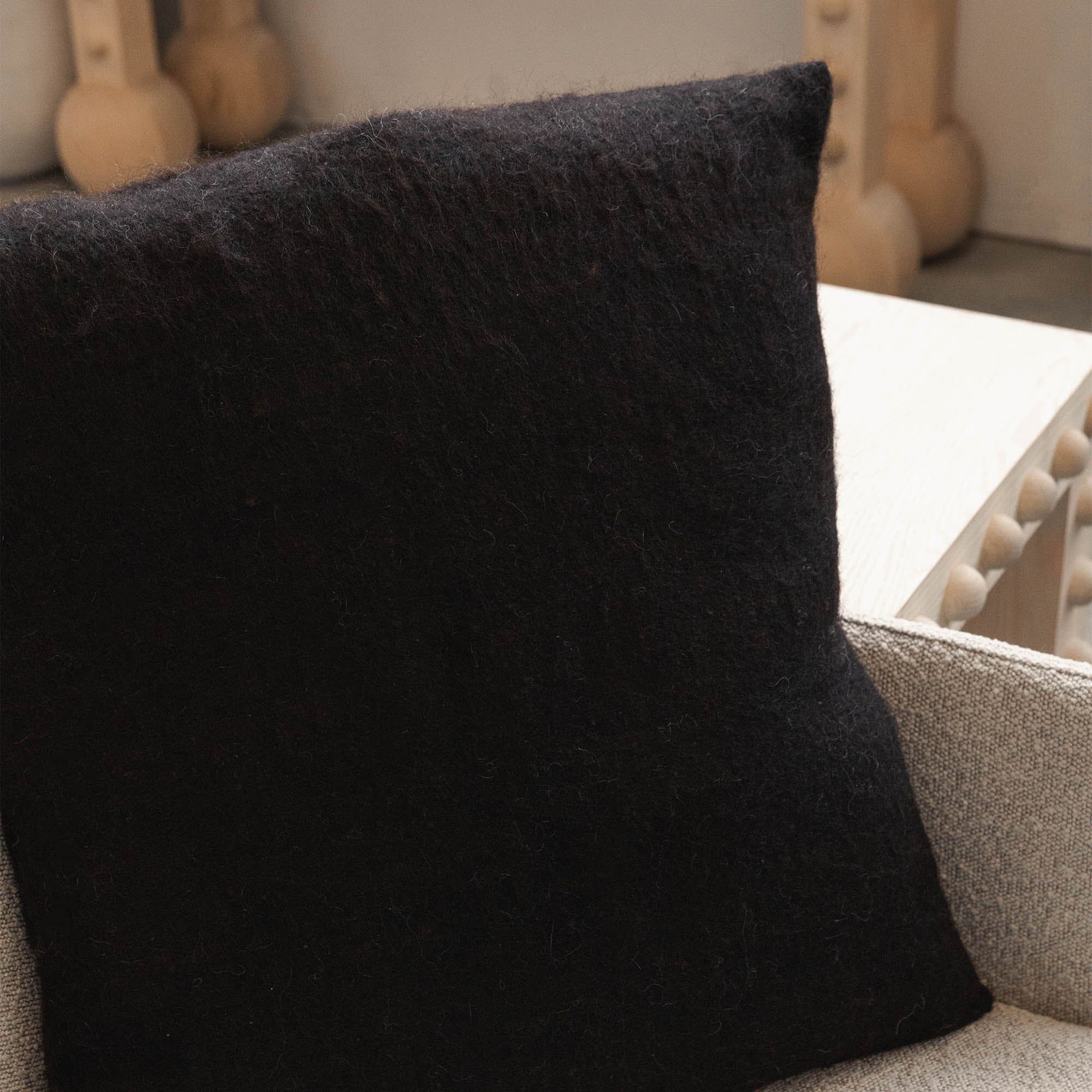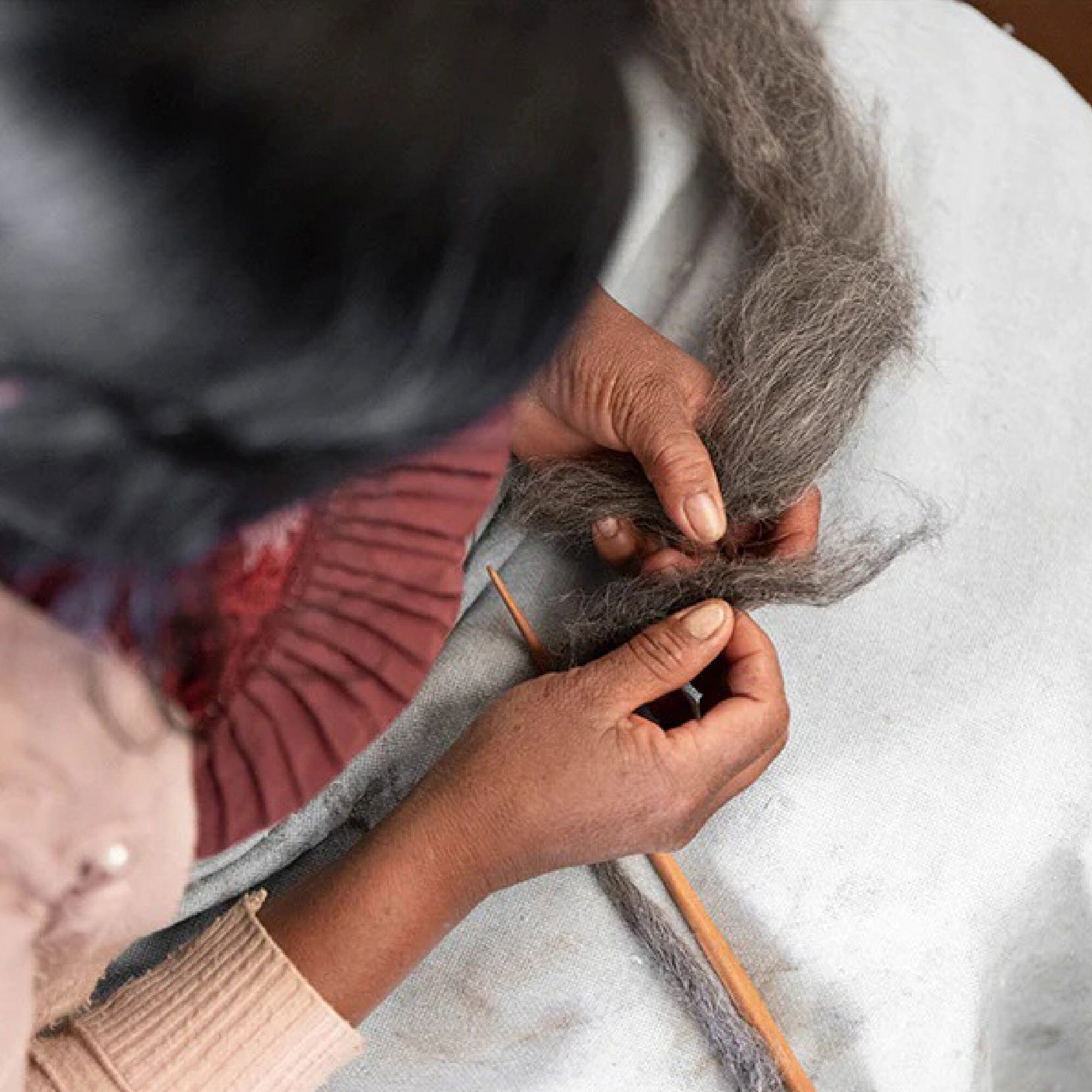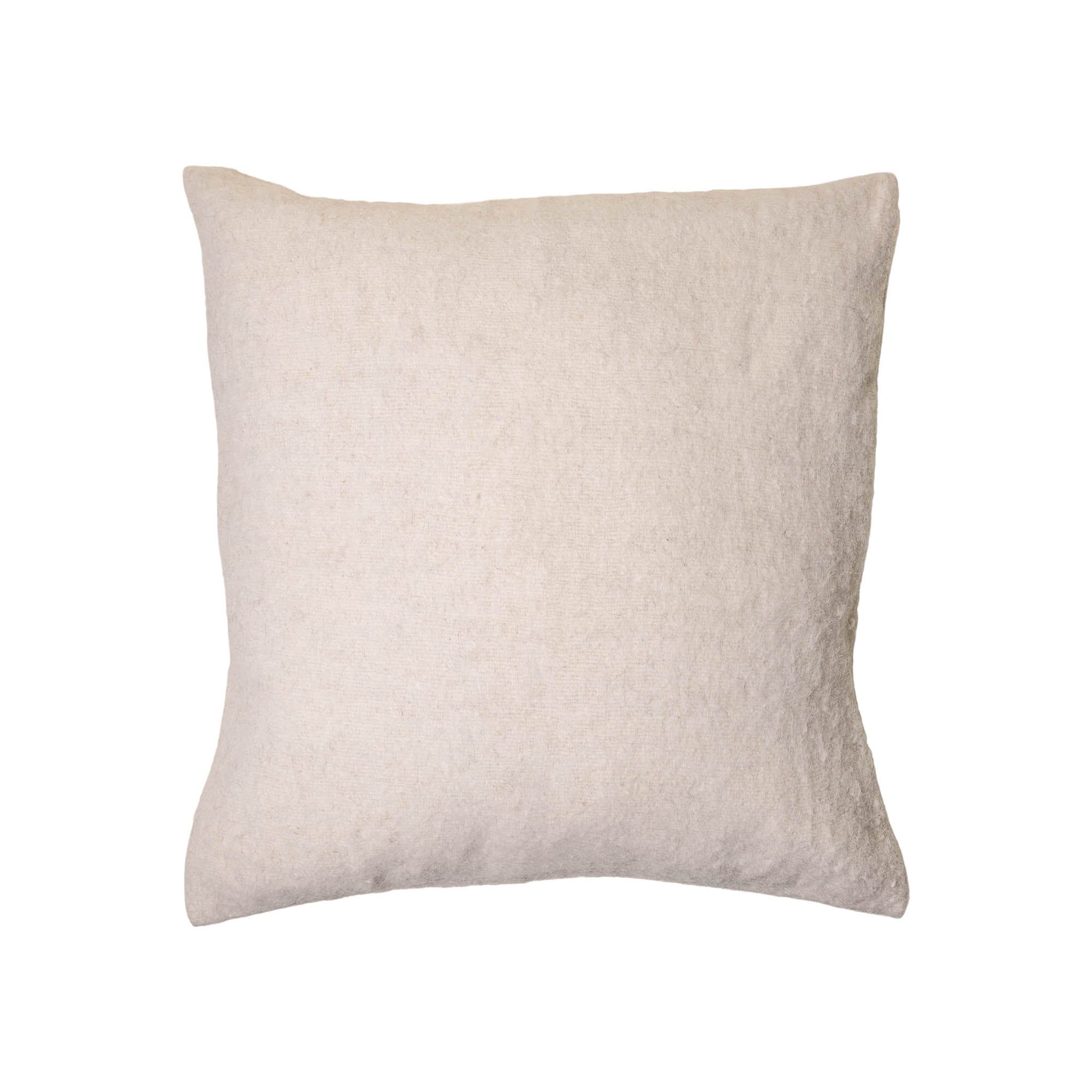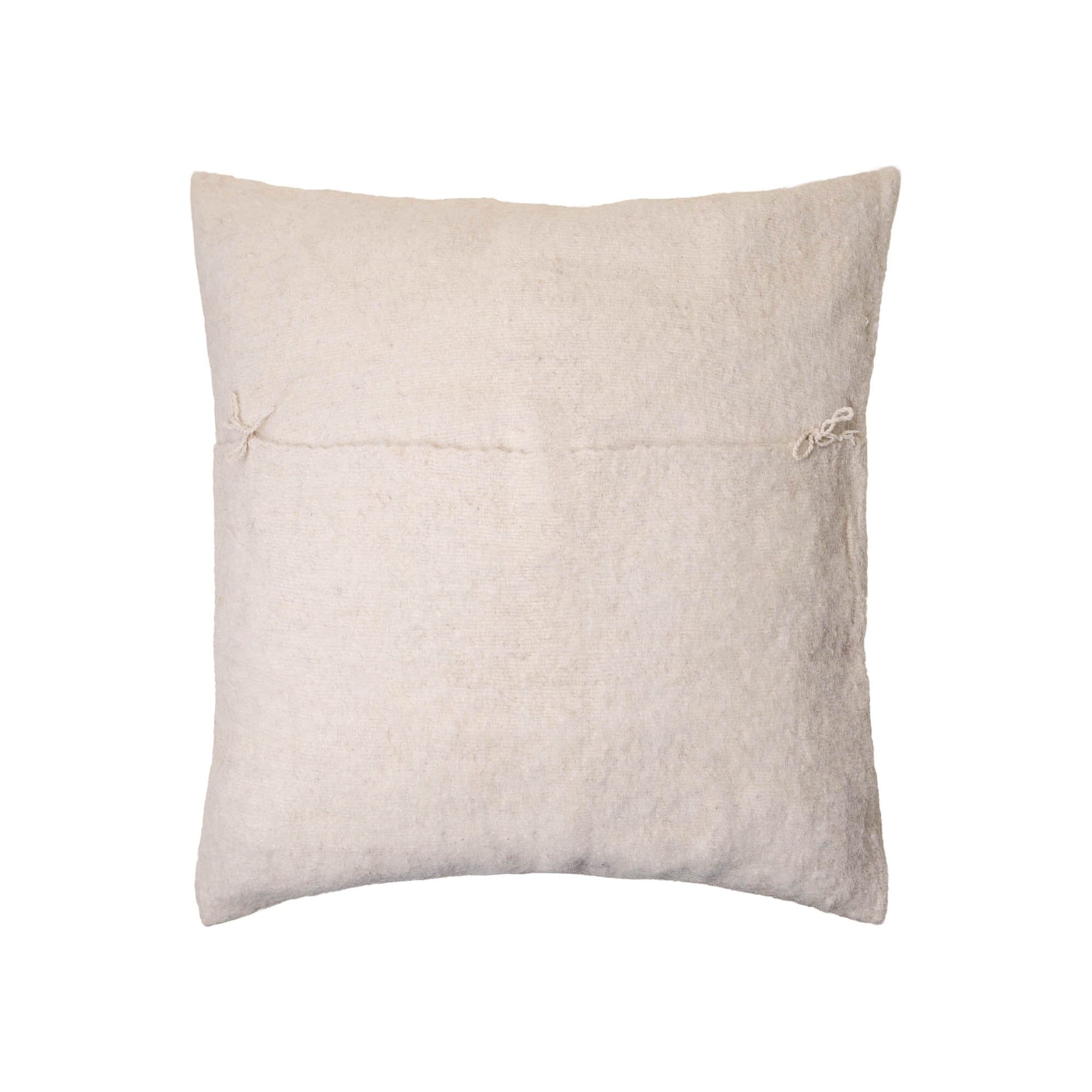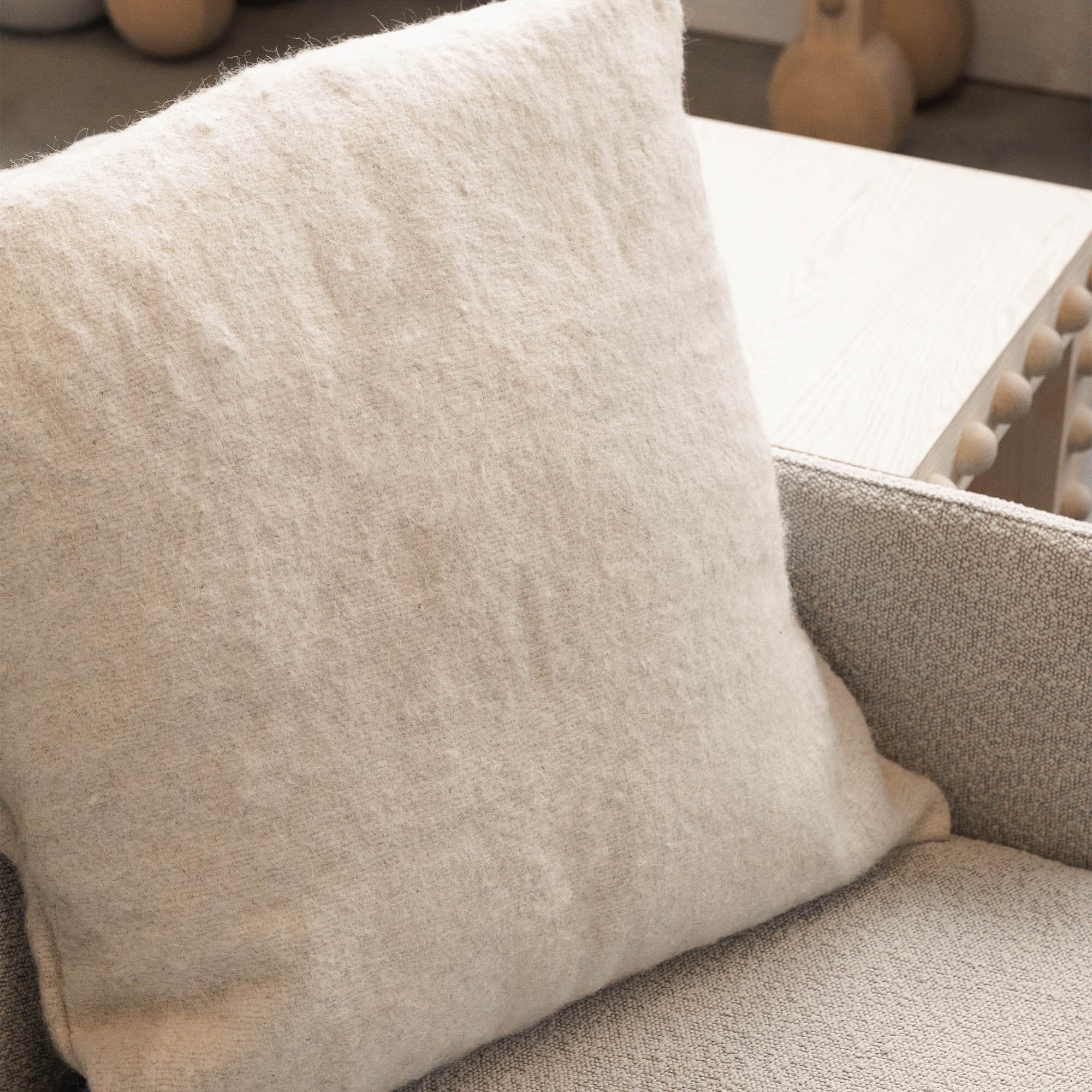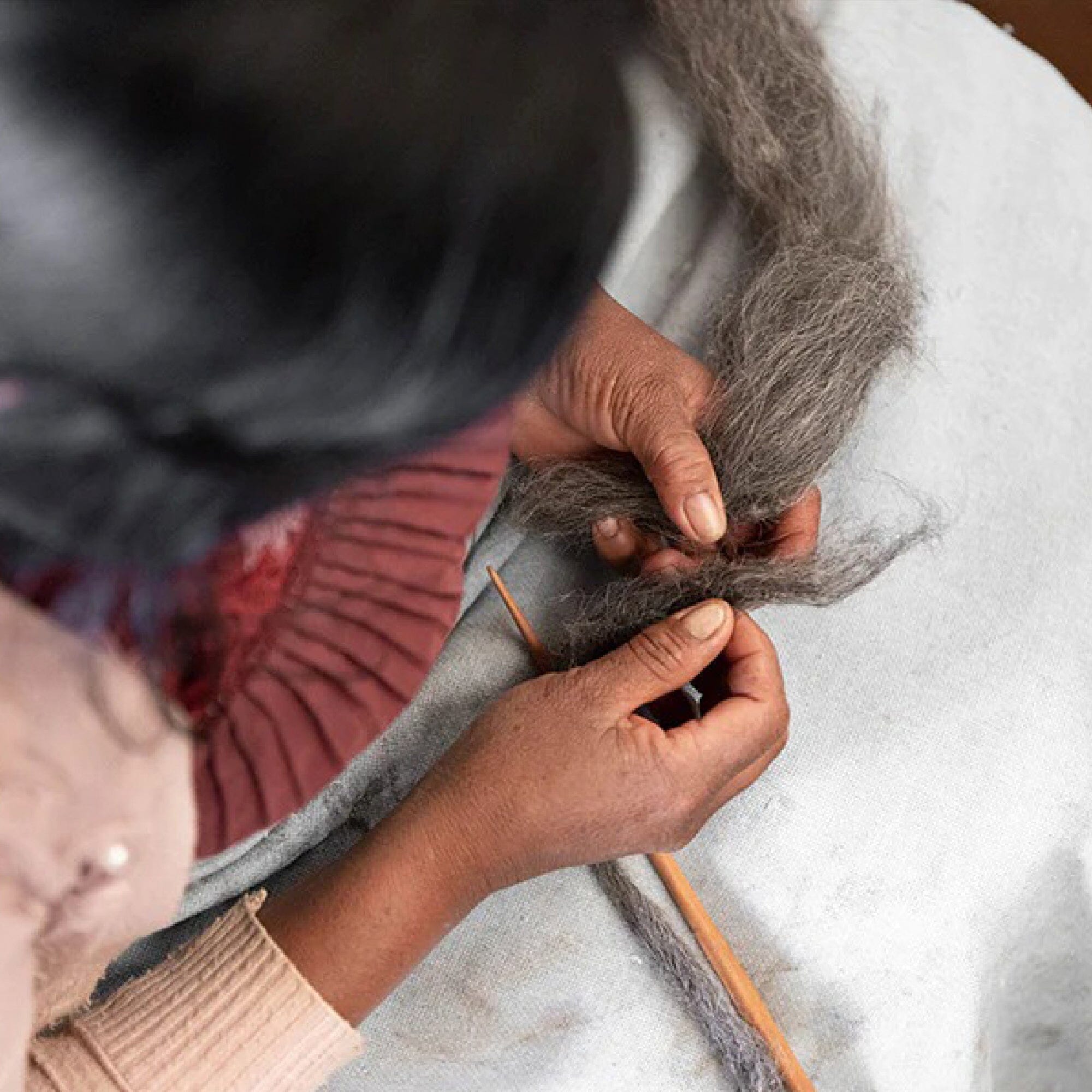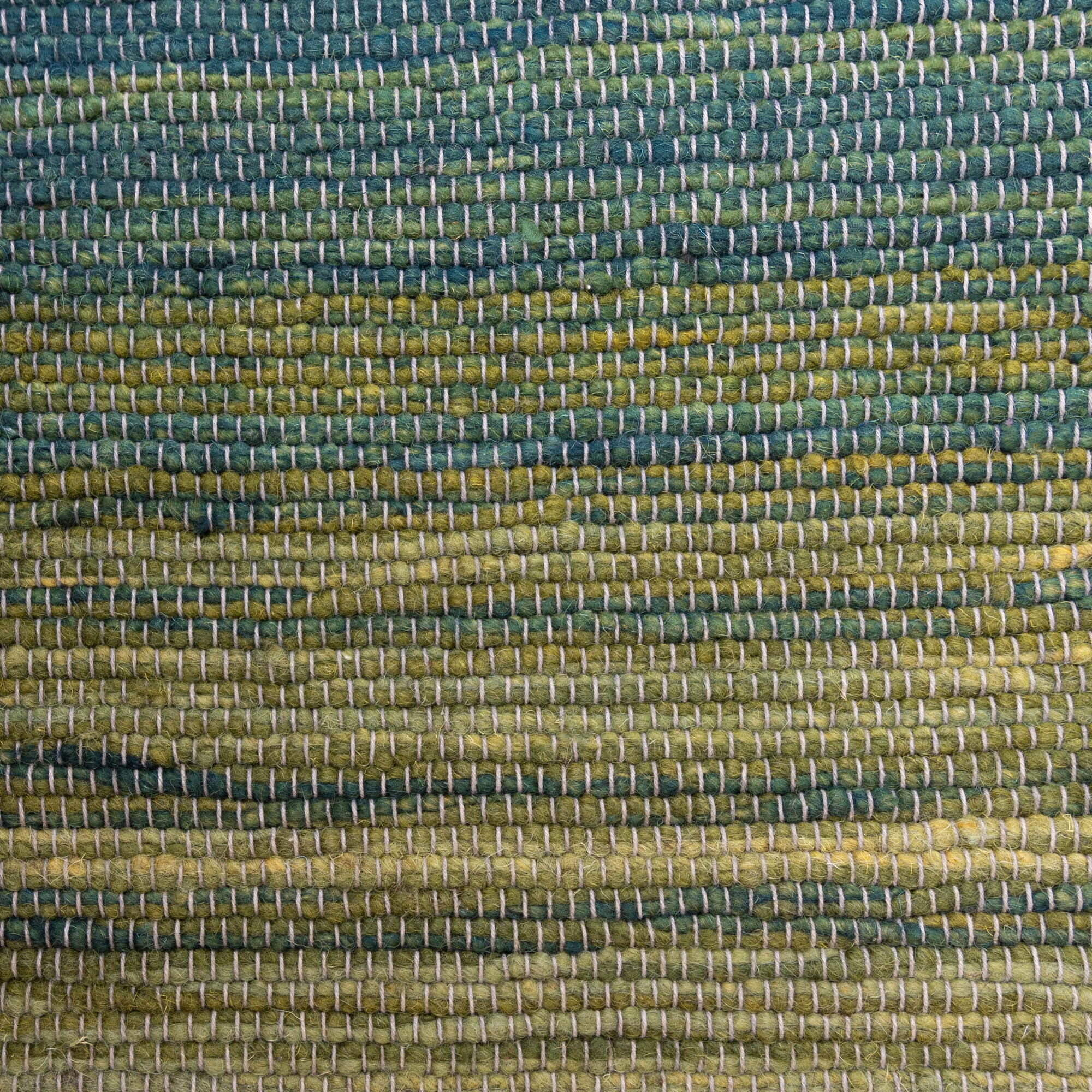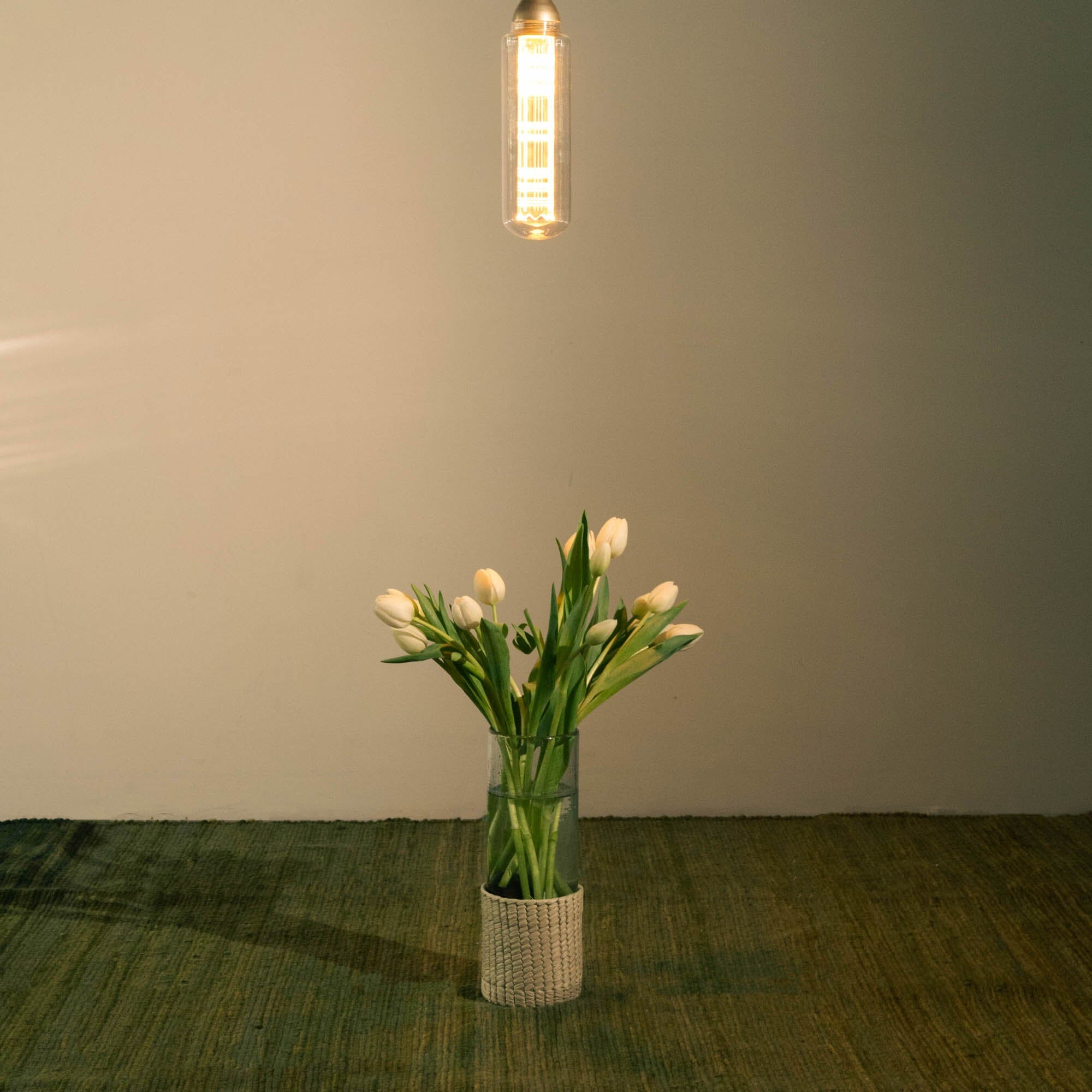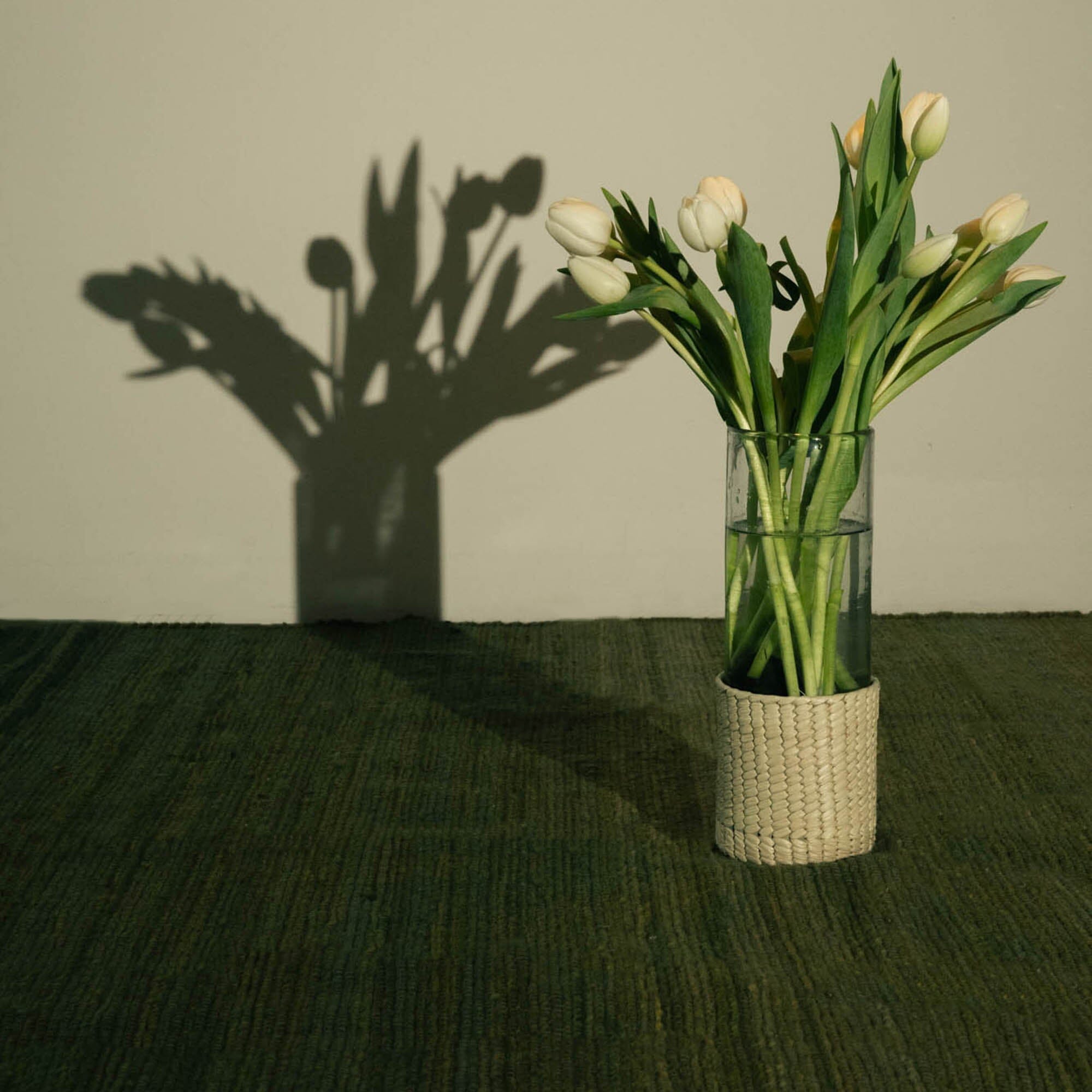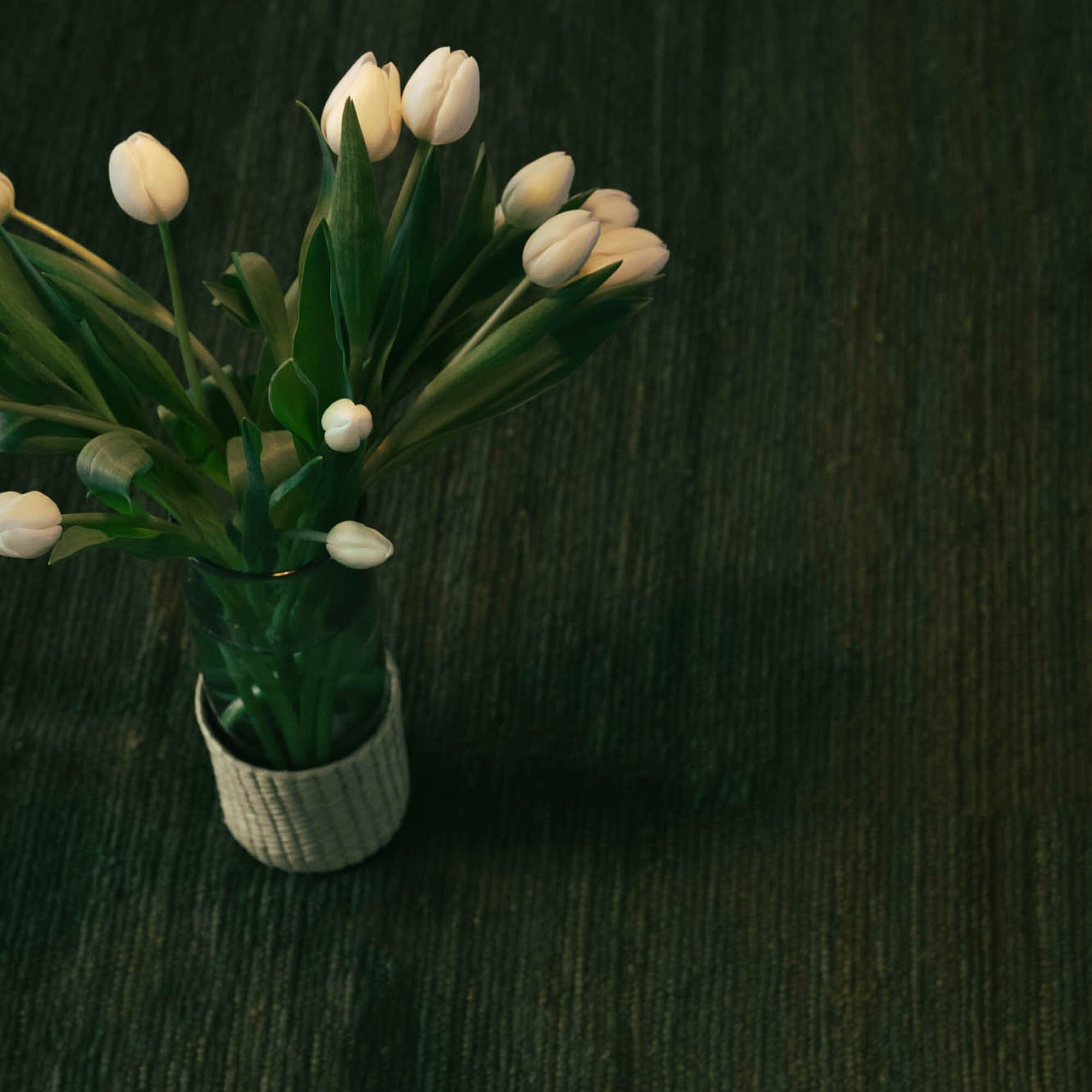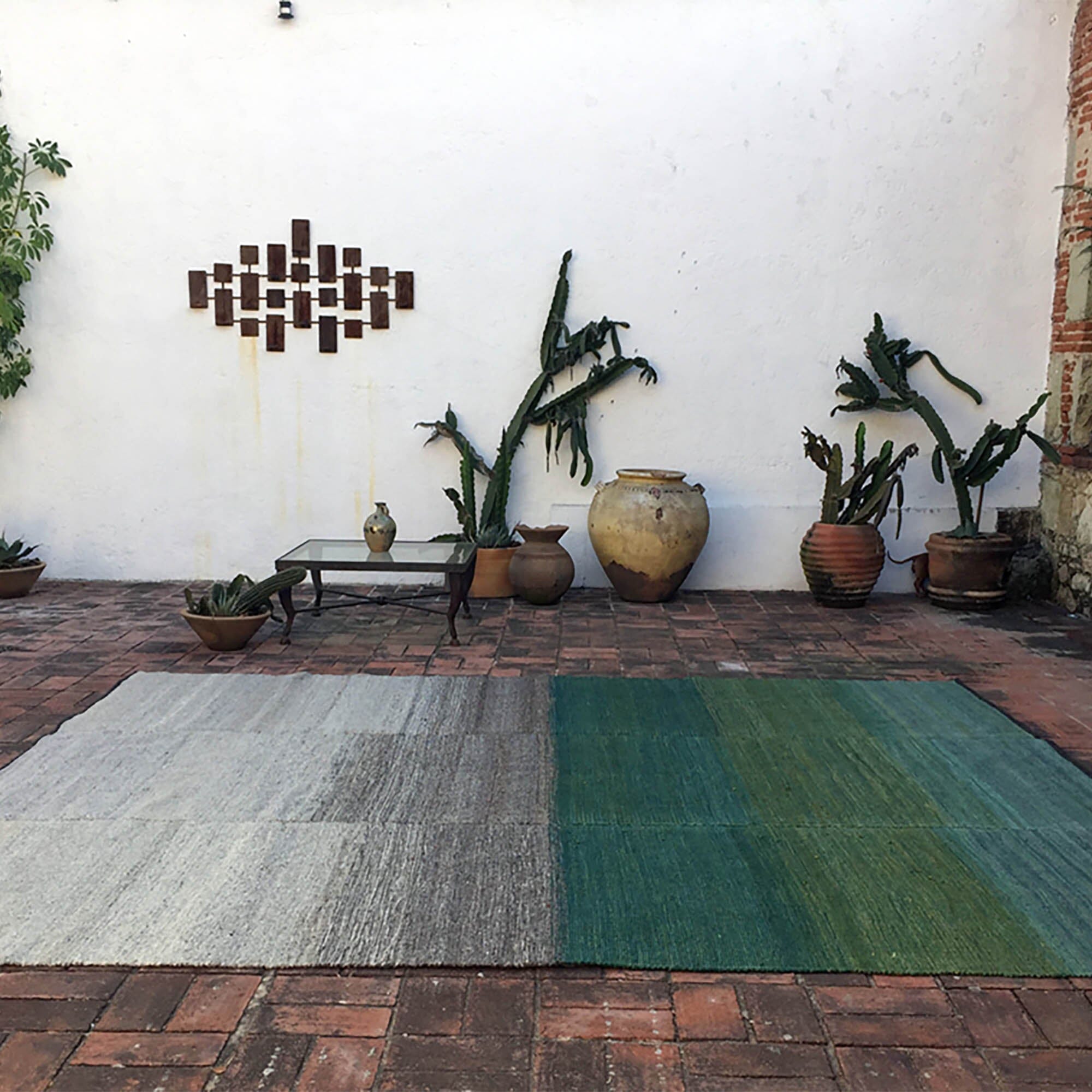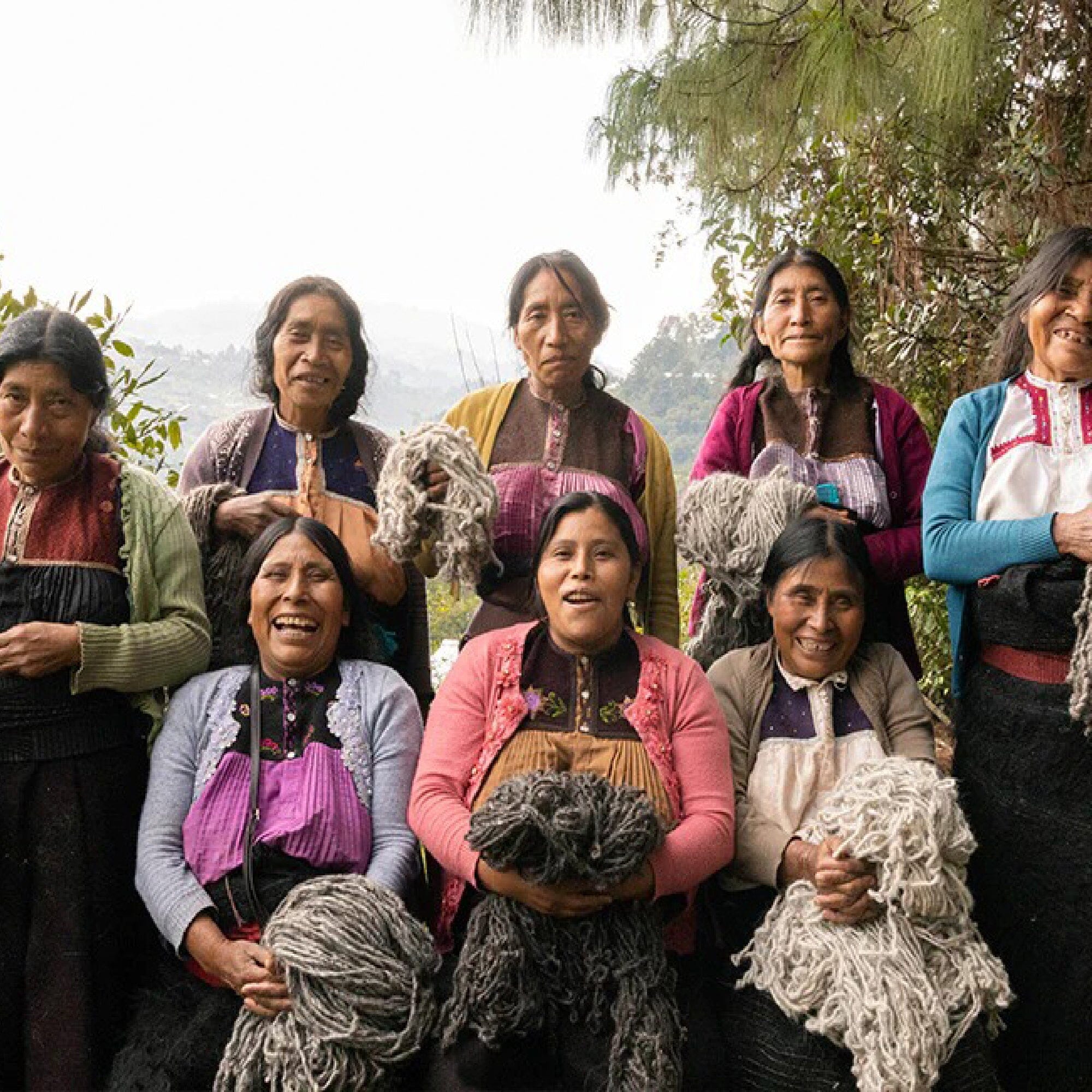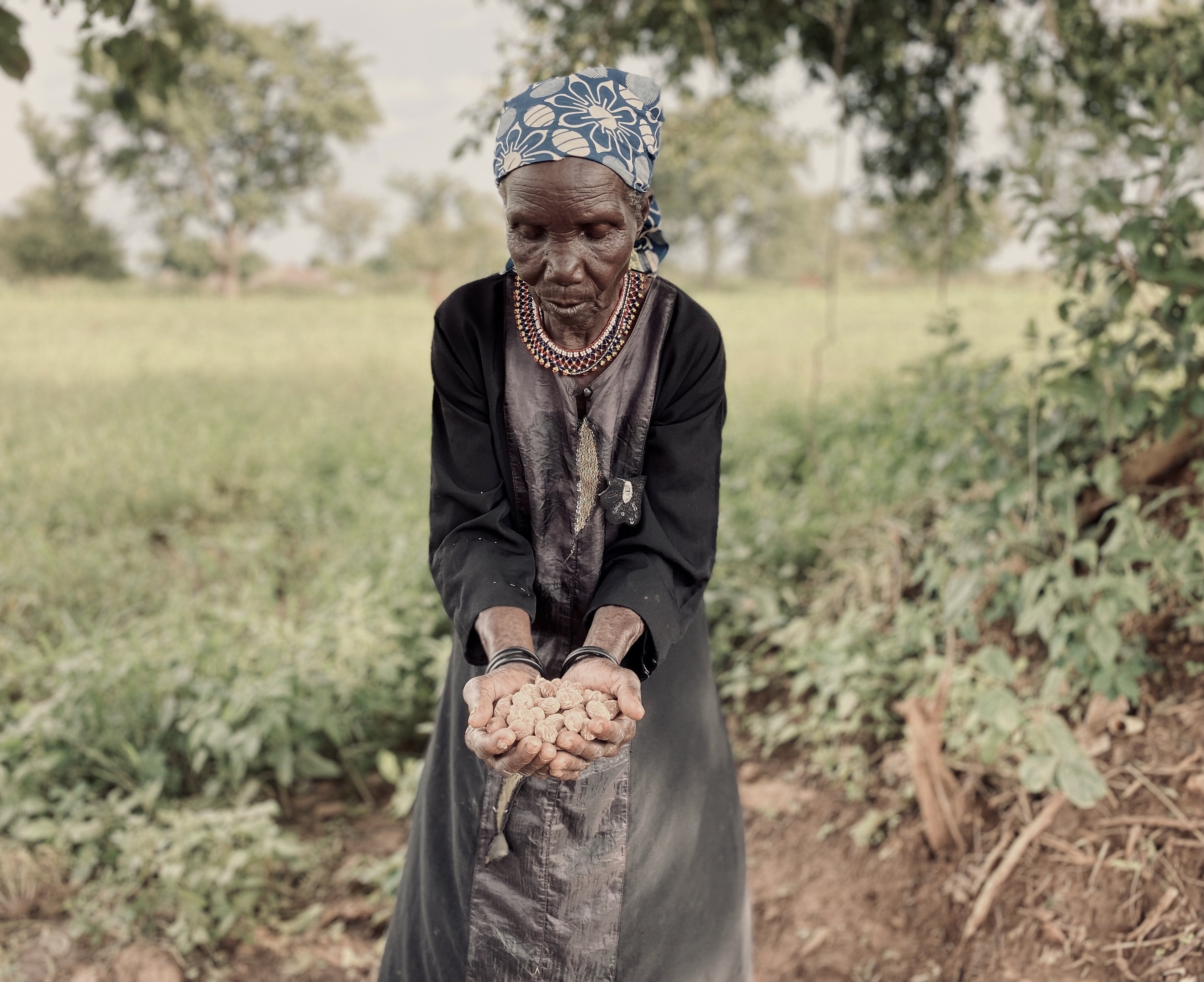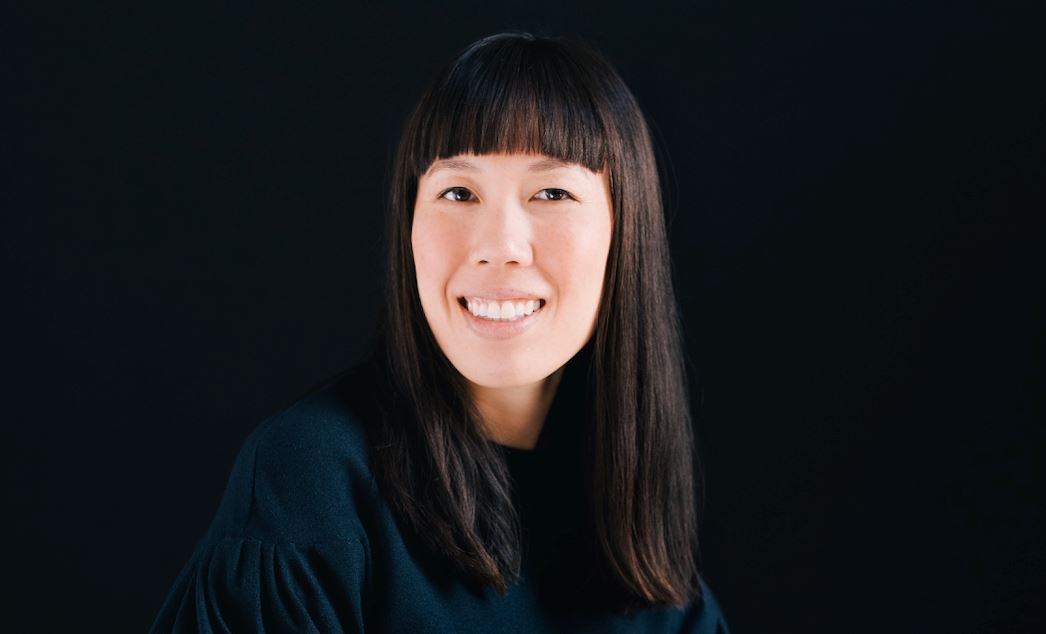NOTES FROM THE FIELD: CHIAPAS, MEXICO

Notes from the Field is a series that follows our founder, Treana Peake, as she visits our Obakki artisan partners around the world. Today, we follow Treana to the Sierra Madres in Chiapas, Mexico – where she finds several new artisans high in the mountains beyond the towns and cities listed on most maps.
There is no way to properly describe the feeling of being in rural Mexico. Every state is different, and they are all enchanting. Or encantador, as they say in Mexico. Within each state, the regions themselves can be very different – from food to art and sometimes culture. Over the years, I’ve explored many different parts of the country and fallen in love with all of them.
Something I have noticed is that the further south you go, the country is less urban, less industrialized, and less influenced by the US and Canada. The people are traditional in the South. They are close to their heritage and their pasts.
The southernmost state of Chiapas was calling – rich with textiles and pottery and indigenous craftwork true to the ancestors. The further from major urban centres, the less likely these talents will be advanced, as it is extremely difficult for these artisans to survive without access to markets. But that’s what we’re here for. So off I went.

The juxtaposition in Mexico is sometimes jaw-dropping – as I go from the sophisticated galleries, Michelin-star restaurants, and busy hustle of Mexico City to discover our new artisans in the mountains of Chiapas, who eat traditional foods cooked on an open fire and follow cultural traditions that are thousands of years old.
My line of work takes me to the most incredible regions of the world, where we use artisan craft to help establish economic stability in communities. Many rural artisans don’t have direct access to a local market, let alone an international one. Part of my job is to meet with communities/individuals to help create solutions together that enable growth and change.
When working within these regions, every situation is different, and every community defines their own way forward. Sometimes that involves the work of the Obakki Foundation (water wells, schools, and livelihood programs, among others). Sometimes it involves Obakki.com helping to establish a local market. Sometimes, we purchase pieces outright to resell – reinvesting the profits back into programs outlined by the community. It’s never the same, and it shouldn’t be.

KEEPERS OF THE SACRED SHEEP
Our weavers of Chiapas live in a community that is over 2,000 years old and is a living example of true Mayan culture. It is considered one of the most important communities of its kind, not just by size but by Mayan customs and practices that are long lost in other parts of Mexico.


Sheep are sacred here and graze freely around the small community outside San Cristobal. And the sheep are only used for wool – never killed. There is such a strong connection to the earth in these regions, as people work hard to protect the environment which provides them life and livelihood.

It is from these sheep that our 100% natural cushion covers are woven alongside their ancestors. These woven pieces are both a work of art – and a labour of love.

GUARDIANS OF THE SACRED PANTHER
Juana Gómez Ramírez is a celebrated maker of ceramic jaguars – a sacred animal for many ancient indigenous cultures, notably prominent for the Mayans. They believed the sun transformed itself into a jaguar by night, roaming the jungle and representing power.
Juana’s story is one of community, and she works with a cooperative of artisans in her town. They dig their clay from the earth around their village, part of a long history of using only local materials. The dyes used are all plant-based and local.
Her work has been exhibited in the US, the EU, the UK and Australia. But she generally shuns galleries and exhibitions. What is important to her is the soul of the work, easily lost with international recognition and external influences. She rarely works with middlemen – because the artisans are often left behind in the process. We are proud to be able to work with Juana and her community to help them realize even more of their dreams and to bring their exemplary pottery to you.
I love meeting people like Juana who do very specific things. Not only is she well respected around this country for her art, but she’s a connector and advocates for rural artisans - using her own successful platform to help others. And she is preserving Mayan culture and history. We will be working together on exciting things in the future.

The Sacred Animals of the Chamula
The wool used in our Madda Studio rugs is from sheep and is spun by hand by roughly 60 indigenous Chamula women from different villages in the highlands of Chiapas. The Chamula, a Mayan group, have resisted cultural assimilation for hundreds of years, maintaining their language and customs, using pre-Hispanic spindles and wool from these sacred animals. Known as “Chiapa Sheep”, they are treated as treasured pets.

This wool is unique to Mexico: almost 500 years of breeding, practiced by the shepherdesses and the indigenous weavers have created a highly specialized product. It is hand spun, infusing the fabric with its characteristic texture. Because the wool is processed organically, it retains its natural lustre and allows for vibrant colours to be achieved during the dyeing process. Outside the natural colours of the sheep – grey, brown, ivory and black – the dyes are also 100% natural made from indigo, cochineal, marigold and more. A rug can take up to 400 hours to create using this labour-intensive process – and it is nothing less than a labour of love for these talented weavers.


The Mayans were an intelligent and creative society. Mayan art and astronomy were highly advanced, and their writing system was the most developed in the new world. After the Mayan classic era, their civilization may have collapsed – but the Mayans didn't disappear. Chiapas has long been called the soul of the Mayan world. Its people are almost untouched by modern methods and madness and still rely on their ancestors to guide them. And we are honoured for the opportunity to walk this part of their journey with them.
And that was Chiapas. You’ll see many new exciting products coming out of the south of Mexico soon – and you’ll meet many new dedicated (and talented) artisans who work diligently to preserve traditions and craftsmanship that would otherwise be lost forever.
Until next time. See ya! I’m outta here.
- Treana
SHOP THE STORY
Brushed Wool Cushion Cover | White Stripe
Brushed Wool Cushion Cover | Grey Stripe
Brushed Wool Cushion Cover | Burnt Brown
Brushed Wool Cushion Cover | White
Handwoven Wool Rug | Indigo Marigold Gradient
Related Posts
The Problem With Palm Oil
Palm oil production is wiping out ancient forests, endangering wildlife and destroying communities, discover why Obakki’s natural soap collection is palm oil free.
DESIGNER INTERVIEW SERIES: Andrea Rodman
These days, I am definitely inspired by Japanese design more and more; the simplicity and warmth behind their design approach often capture my admiration and inspire me with their approach to joinery and craftsmanship. I am also a big fan of Japandi design, which blends Japanese design influences with Scandinavian design, two of my favourite aesthetics.
DESIGNER INTERVIEW SERIES: Christine Lin
Back in 2014, I made a solo pilgrimage to Naoshima, an island west of Osaka, known for its art. It has amazing museums designed by Tadao Ando, a favorite architect of mine, and there’s various art installations and art houses scattered around the island.

